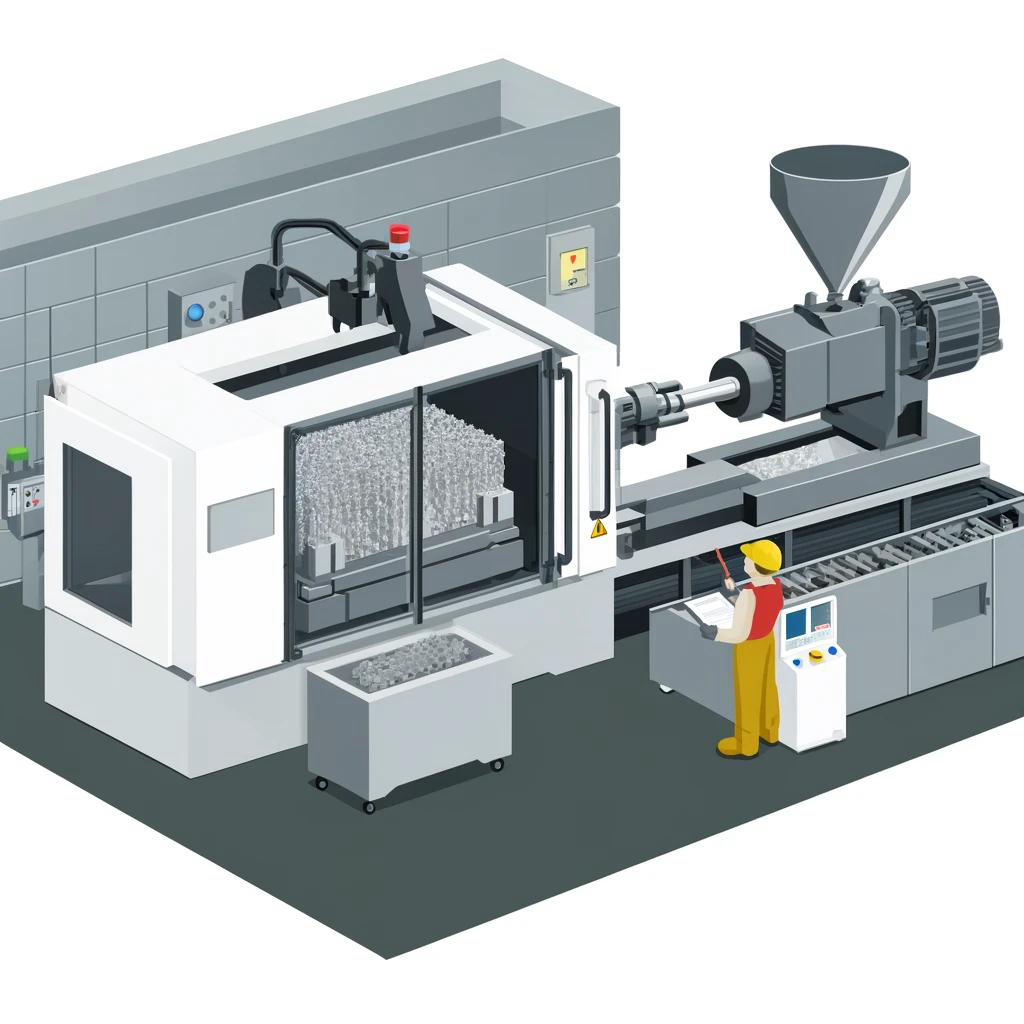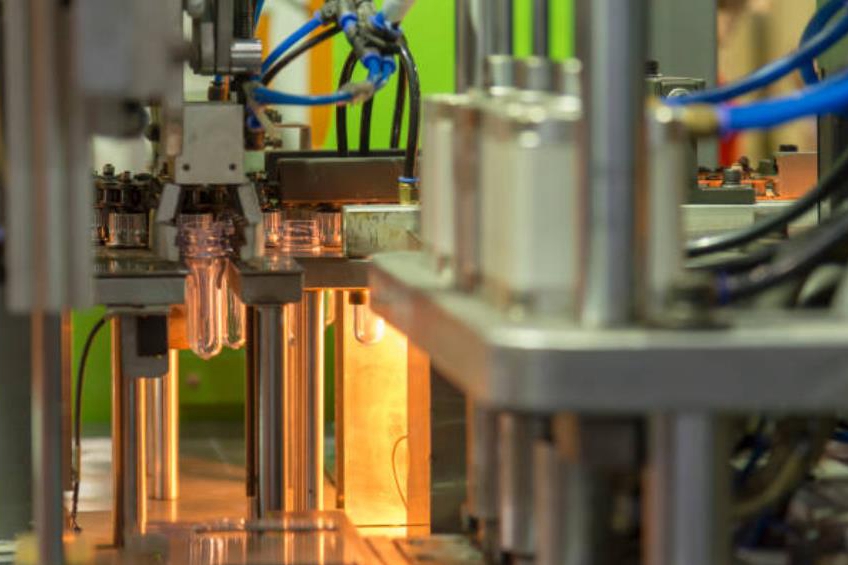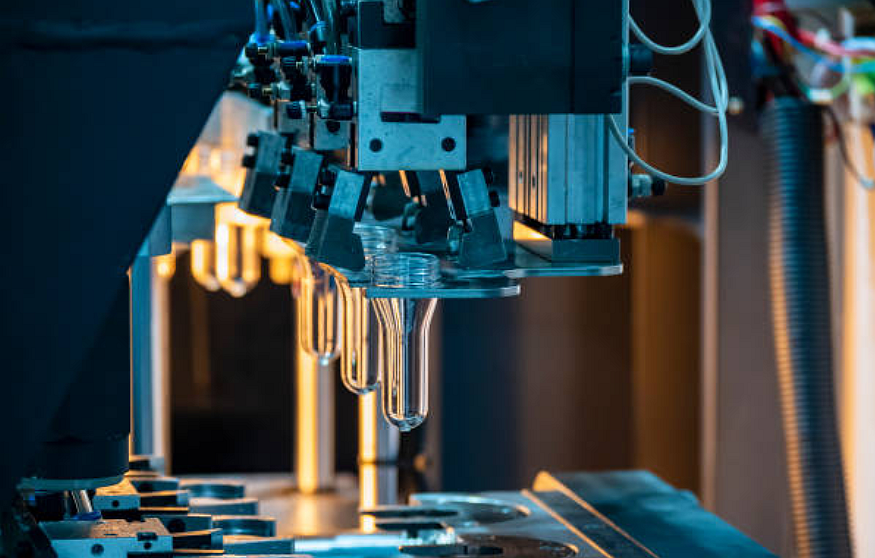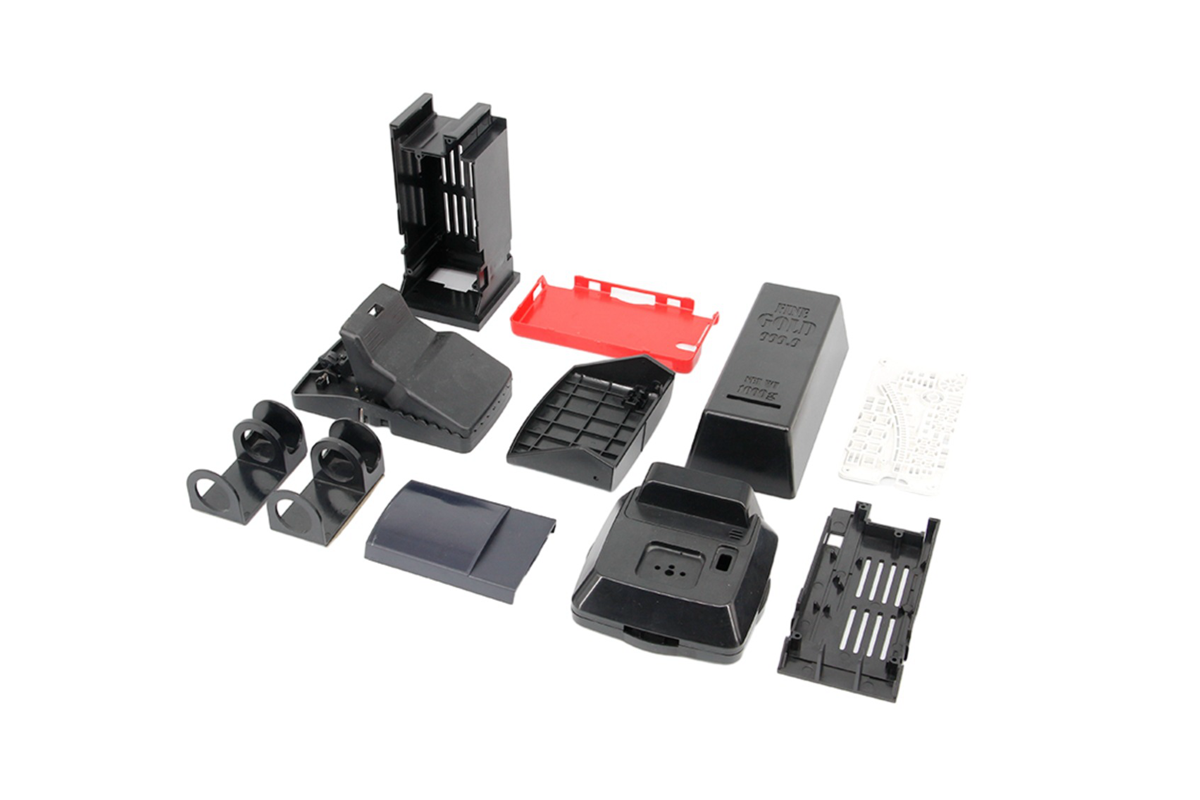What Is Thermoplastics In Injection Molding?
Thermoplastics in injection molding represent a cornerstone of modern manufacturing, pivotal in producing diverse products ranging from everyday household items to critical components in the automotive and aerospace industries. This comprehensive exploration delves into thermoplastic properties, processes, and practical applications in injection molding, providing a deeper understanding of why these materials are so widely utilized and valued in various sectors.
Definition and Properties of Thermoplastics
Thermoplastics are a class of polymers that become soft and moldable upon heating and return to a solid state when cooled. Unlike thermosetting plastics, which, once set, cannot be remelted, thermoplastics can be reheated and reshaped multiple times without significant degradation. This characteristic is due to their polymer chains, which do not chemically bond (cross-link) during heating. Common thermoplastics include polyethylene (PE), polypropylene (PP), polystyrene (PS), polyvinyl chloride (PVC), polyamide (nylon), and acrylonitrile butadiene styrene (ABS).
These materials exhibit a variety of properties that make them ideal for injection molding:
Durability and resilience: Thermoplastics can withstand impact and stress without cracking or breaking.
Chemical resistance: Many thermoplastics resist corrosion and damage from various chemicals.
Thermal stability: Certain thermoplastics maintain their structural integrity across various temperatures.
Versatility: Thermoplastics can be engineered with additives to enhance specific qualities such as UV resistance, flexibility, and flame retardancy.
Reversibility: Unlike thermosetting plastics, thermoplastics can be reheated, reshaped, and cooled repeatedly. This reversibility is due to their chemical structure, which does not undergo a chemical change when heated.
Melt Processability: Thermoplastics melt at specific temperatures, making them ideal for injection molding, where they are heated until they reach a flowable state and then injected into a mold cavity to form the desired shape.
Variety of Materials: A wide range of thermoplastics is available, each with unique properties tailored to specific applications. Common examples include Polyethylene (PE), Polypropylene (PP), Polystyrene (PS), Acrylonitrile Butadiene Styrene (ABS), and Polyetherimide (PEI), each offering different levels of strength, flexibility, chemical resistance, and heat tolerance.
Thermoplastics | |||
High Strength and Durability: Many thermoplastics offer excellent strength and durability, which can be enhanced with additives or by compounding with other materials. This makes them suitable for use in various industrial and consumer products.
Recyclability: The ability to be recycled is a significant advantage of thermoplastics in today's environmentally conscious world. Used plastic parts can be ground up, melted, and reformed into new products.
Injection Molding Process
Injection molding is a manufacturing technique used to shape plastic materials into products by injecting molten plastic material into a mold, which cools and solidifies. The process follows several vital steps:
Material Preparation: Thermoplastic pellets are dried to remove any moisture affecting the material’s properties during processing.
Melting: The pellets are fed into the injection molding machine, which is heated until they melt.
Injection: The molten plastic is injected into a steel or aluminum mold under high pressure.
Cooling and Solidification: Inside the mold, the plastic cools and solidifies into the shape of the part.
Ejection: The solidified part is ejected from the mold once sufficiently cooled, completing the cycle.
The injection molding process is highly efficient and can produce complex and intricate parts with great accuracy and high reproducibility. This efficiency makes injection molding a preferred method for mass production.
Advantages of Using Thermoplastics in Injection Molding
Cost-Effectiveness: Thermoplastics are generally less expensive than materials like metals and thermosets regarding raw material cost and processing. The ability to recycle excess or unused plastics further enhances their cost efficiency.
Speed of Production: The cycle times in injection molding are very short, typically ranging from a few seconds to a couple of minutes, allowing for the high-volume production of parts.
Aesthetic Flexibility: Thermoplastics can be colored before molding or painted after molding, offering vast aesthetic possibilities that are crucial in consumer products like toys, electronics, and automotive parts.
Reduced Waste: The ability to reuse and recycle thermoplastic waste from the injection molding process minimizes material wastage, aligning with sustainable manufacturing practices.
Applications of Thermoplastics in Injection Molding
The applications of thermoplastics are vast and varied:
Consumer Products: Items like plastic cutlery, containers, and toys are typically made from thermoplastics for their safety, weight, and durability.
Automotive Components: Many parts within modern vehicles, including dashboards, bumpers, and housings, are manufactured using thermoplastics because of their resistance to impact and heat.
Medical Devices: Disposable syringes, surgical instruments, and implant trials are often produced with thermoplastics because they can be sterilized and offer excellent biocompatibility.
Electronic Housings: Thermoplastics create casings for mobile phones, computers, and other electronics because of their electrical insulation properties and durability.

Challenges and Future Perspectives
While thermoplastics offer many advantages, there are challenges in their use:
Environmental Impact: The production and disposal of plastics are significant environmental issues. Biodegradable thermoplastics and recycling initiatives are crucial steps toward sustainable practices.
Engineering Demands: As product designs become more complex, the need for advanced thermoplastics with enhanced properties increases.
The future of thermoplastics in injection molding will likely see innovations in materials science, including developing new polymer blends and composites that provide enhanced performance characteristics. Additionally, advances in recycling technologies will play a key role in addressing environmental concerns.
In conclusion, thermoplastics remain indispensable in injection molding, providing a balance of performance, versatility, and cost-efficiency that is unmatched by many other materials. As technology progresses,



